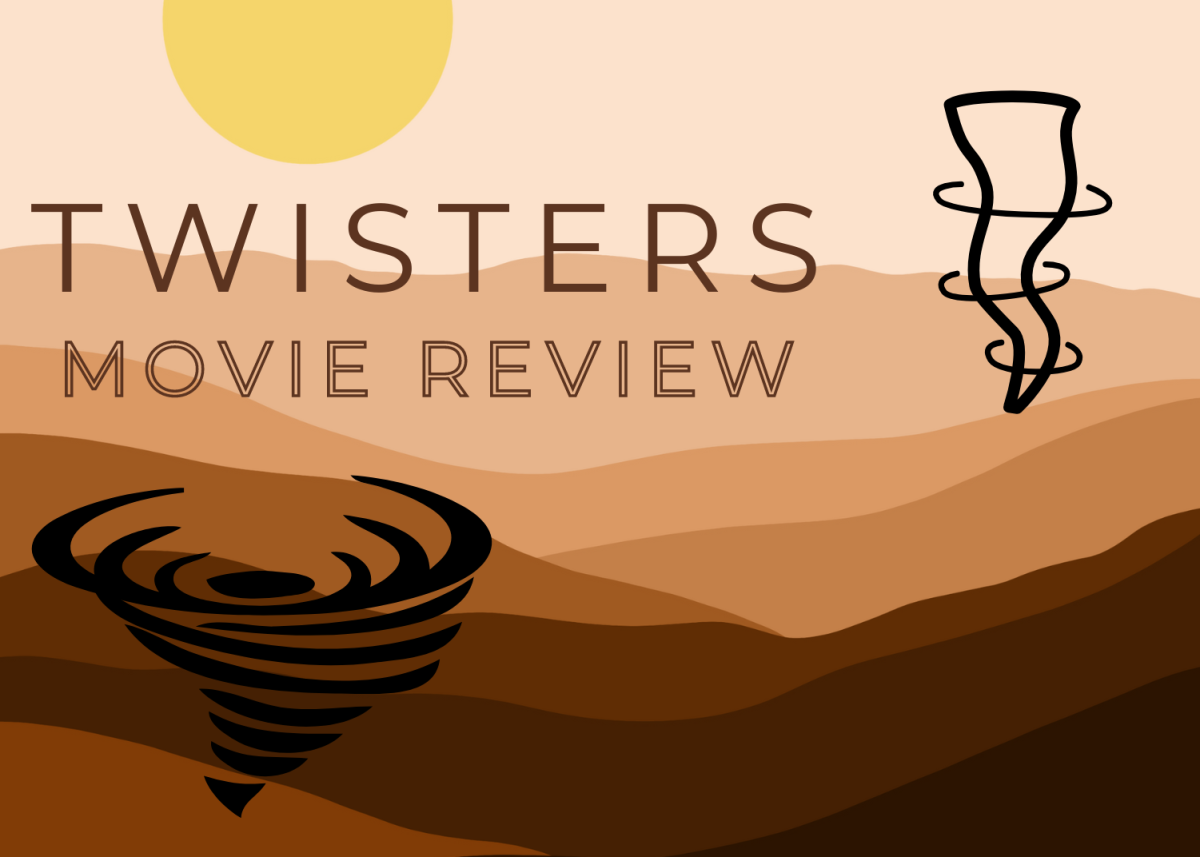“Little Shop Of Horrors”: Broadway vs. Big Screen
February 22, 2023
A show that any theater fan has heard about, “Little Shop Of Horrors”, has been around for decades and adapted into many different forms. The show follows Seymour Krelborn, a flower shop assistant who created a plant for his co-worker Audrey and named the plant Audrey II. When the plant proves to be a success in bringing in money, fame, and attention to Seymour he finds out that the plant grows and feeds on human blood. Seymour must keep the plant alive by killing those around him.
The story of “Little Shop Of Horrors” originated in 1960 when the first version of the show was created as a horror movie. There was no musical aspects until 1982 when it was adapted for the Broadway stage. In 1986, it was adapted into a musical film almost identical to the broadway version that fans know and love today.
While the show is off-broadway right now, fans can catch a glimpse of the phenomenal show at the Westside Theatre in Manhattan, New York. With an incredibly talented cast of Matt Doyle and Lena Hall, the show proves to be a success. Matt Doyle, who plays Seymour, can be attributed to his Tony award for the best-featured actor for his role of Jamie in “Company”. Lena Hall who plays Audrey can be attributed to her role in “Snowpiercer” on TNT. Hall will be leaving the show and is to be replaced by Maude Apatow, who fans know as Lexi Howard from “Euphoria”. The stage performance of “Little Shop Of Horrors” is incredibly exciting with its fantastic use of set design and the robotic component of the Audrey II. The show has withstood the test of time and proved to be one of America’s favorite musicals.
The 1986 film version is very similar to the stage production, however, there are some differences. The movie stars Rick Moranis as Seymour, Ellen Greene as Audrey, and Steve Martin as Orin. The film is very ’80s, as well as childish and goofy. With its set design being very bland and special effects subpar, fans are better off seeing the stage performance.
The stage performance had the better talent and took a more serious approach at times which is needed to keep the story’s professional status. Lena Hall’s take on Audrey’s character was more defined and didn’t push her ditsy personality so hard onto the audience as Ellen Greene’s film version. Hall is easier to understand and audiences can really feel her emotion rather than being a classic stereotype. In the stage performance, Audrey had depth and range that the film was missing. When it comes to performance, the film seems to be missing the urgency and the “it” factor, with songs like “Suddenly Seymour” not living up to its predecessors. Though the film’s Audrey II was incredibly real and lifelike, the stage performance did a great job of portraying the plant in a lifelike manner. The film also has a different ending. While the stage performance ends with Audrey II eating Seymour, the film shows Audrey II taking over the world in classic ’80s fashion.
“Little Shop Of Horrors” is a timeless story that goes beyond a plant shop. The show highlights the poverty that goes on in the show’s setting of Skid Row. The production design is dull and dark with little light entering the city. Seymour’s character is also pushed forward by fame, wealth, and success which he never had in the past forcing to sacrifice those around him to keep Audrey II alive and healthy. “Little Shop Of Horrors” is currently running off-Broadway and fans can catch the performances at the Westside Theater in New York City.
Follow @LizIppolito
Follow @Q30Entertain







